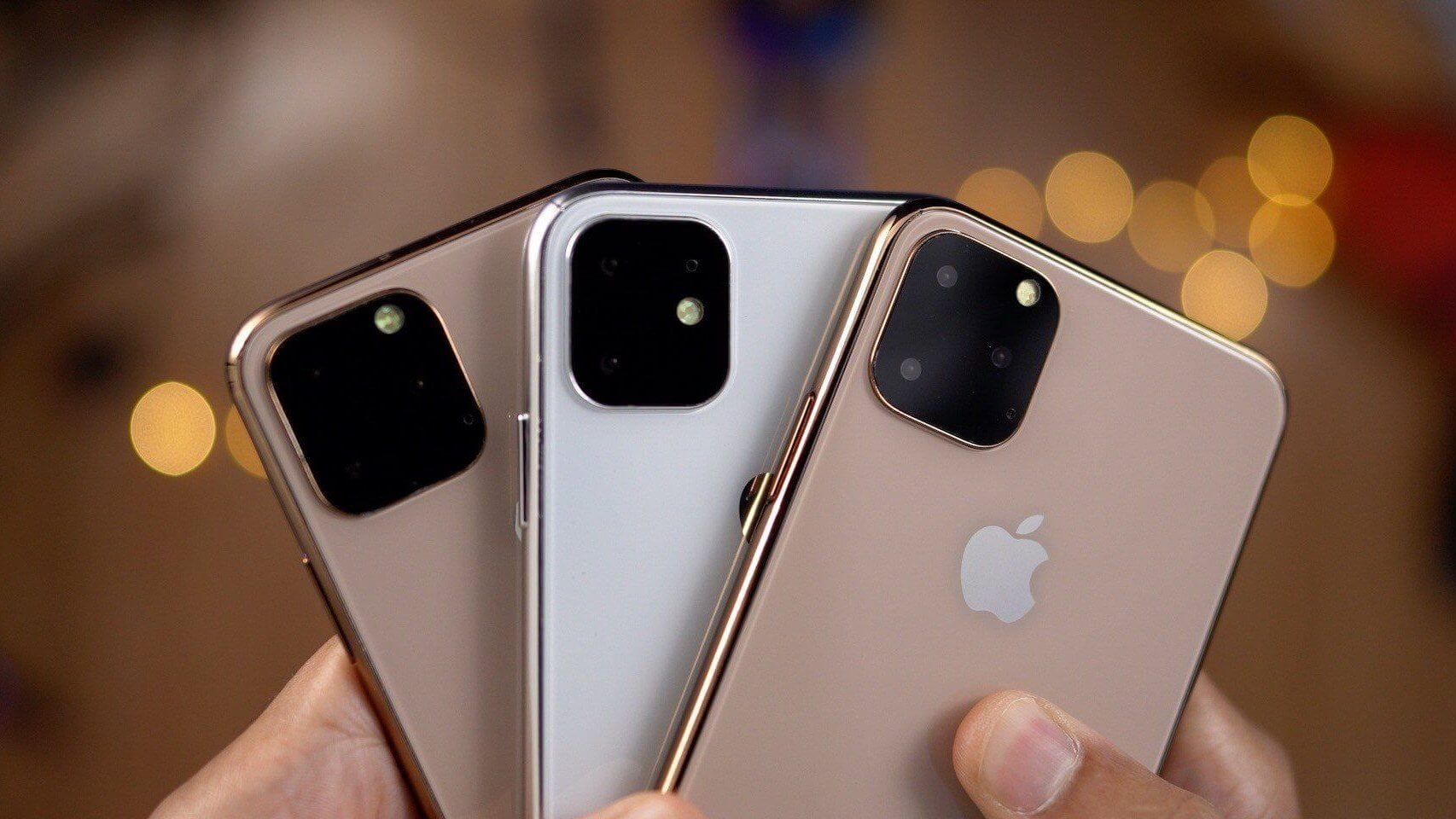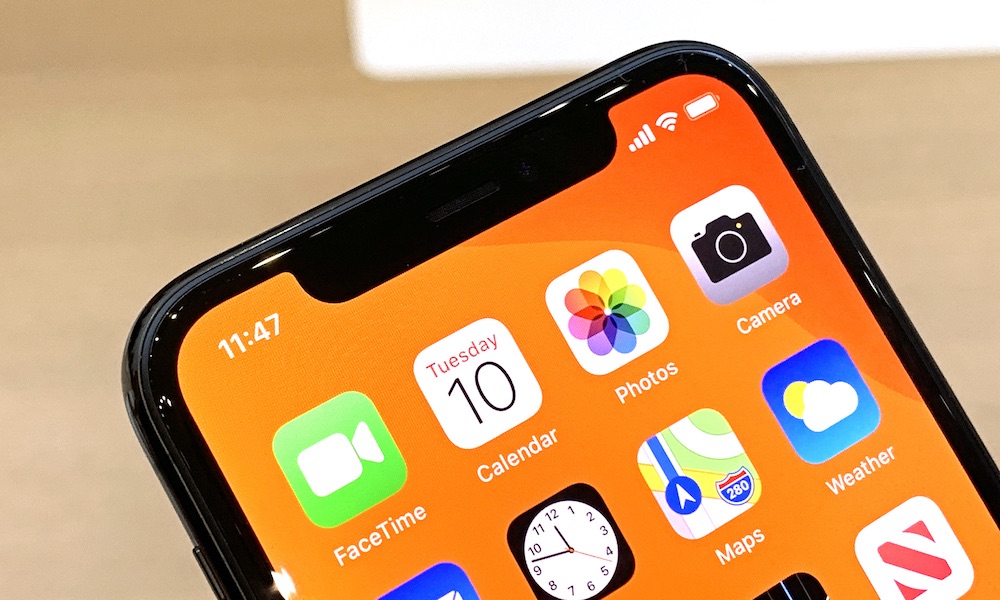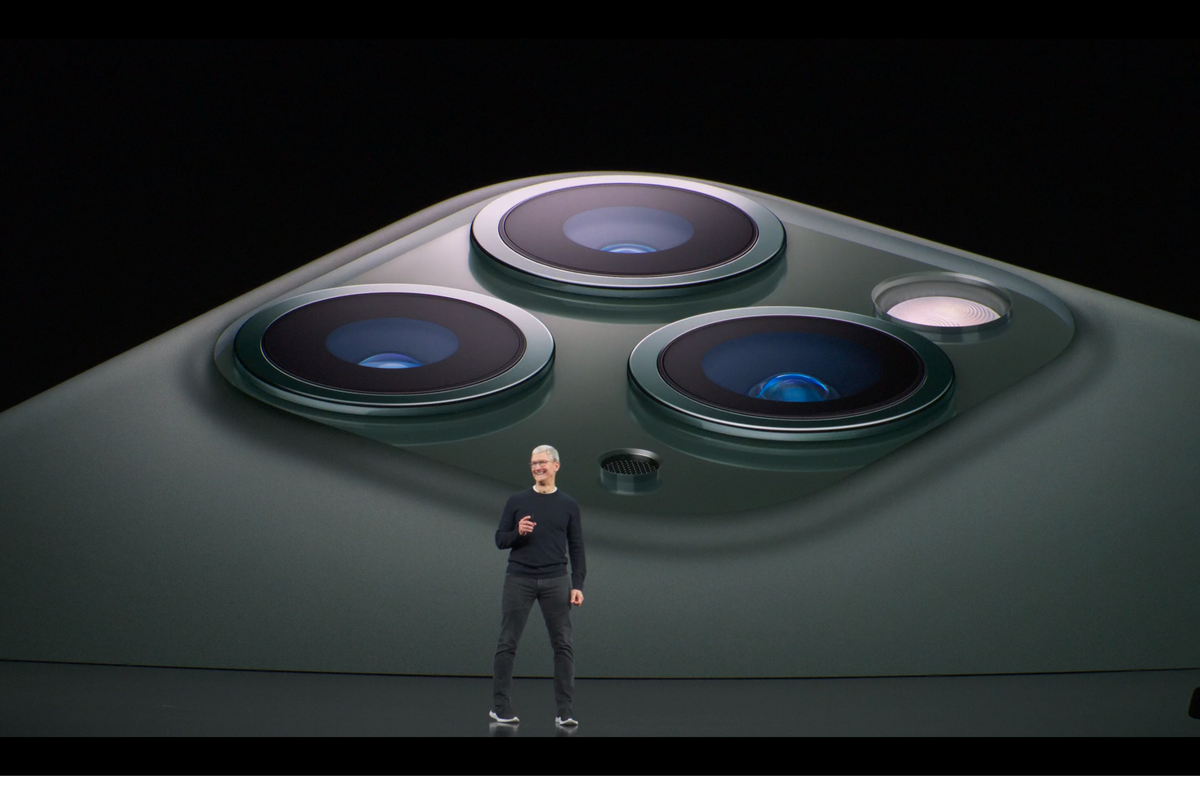iPhone 12
As expected, the rumours about Apple's upcoming 2020 iPhones, have already started spreading like fire. Which could be called the iPhone 12, iPhone 12 Pro, and iPhone 12 Pro Max. As we have seen for iPhone 11 (series).
·
When to expect the launch
As we have seen in past Apple will unveil new iPhones series in September 2020, and this roundup features all of the rumours that we've heard about the upcoming devices so far.
·
Basic features to be offer
v 5.4",
6.7", and 6.1" sizes
v Triple-lens
3D camera with laser
v All OLED
displays
v 5G
connectivity
v Revamped
design
v A14 bionic
chip
Apple's 2020 iPhone Line up
Well we are 9 months from the launch of the new 2020 iPhone series, which we are expecting in September 2020. If apple is following the same naming scheme as it used for iPhone 11, then the lineup for the new 2020 iPhone will be as follow: -
o 1st will be the base variant the iPhone 12
o 2nd will be the mid variant the iPhone 12 Pro
o 3rd and the most powerful will be the iPhone 12 Pro Max
The 2020 iPhone will be showing some major updates. And yes, apple will introduce a new design for its 2020 iPhones, first design updates since the iPhone X which was released in 2017. We’re are expecting three display sizes which could come in 5.4``, 6.7``and 6.1``.
Rumours suggest the 5.4-inch and 6.7-inch iPhones will be the higher-end OLED devices, with Apple continuing to offer a lower-end 6.1-inch, but for 2020, the low-end device is also said to have an OLED display.
At a rumoured 5.4 inches, the 2020 iPhone 12 Pro would be the smallest iPhone Apple has released since the 4.7-inch iPhone 8. At 6.7 inches, the 2020 iPhone 12 Pro Max will be Apple's largest iPhone to date.
We might get more than just a notch removal, with Kuo also saying that he expects the metal frame to be more like the iPhone 4’s frame, suggesting it won’t be curved like on current models. He also says that overall the design is likely to be “significantly” different to current iPhone models.
There could be a new True Depth camera system that cuts down on the size of the notch on the front, and there are rumours of a 3D triple-lens rear camera system that uses a laser to calculate depth information for objects in the room, improving both photography and AR capabilities.
And one thing 2020 will be the first year that Apple introduces 5G support in the iPhone, allowing the new devices to connect to 5G networks that are much faster than 4G LTE networks previously used.
Design
The 2020 iPhones will feature an
overhauled design with a metal frame that's similar to the frame of the iPhone
4.
Apple
analyst Ming-Chi Kuo says that the new iPhones will use a more complex segmentation
design, and new trenching and injection molding procedures.
The overall design, though, will resemble the iPhone 4 with a squared-edged stainless steel frame between two pieces of glass. The new iPhone will feature a stainless steel frame, which will replace the current rounded stainless steel frame, and it will continue to use front and back glass for the body of the device.
Display
Though Apple is
expected to continue offering two higher-end (aka more expensive) iPhones and
one lower-end (more affordable) iPhone in 2020, all three of the devices may come equipped with OLED displays this year, with Apple doing
away with LCDs for its iPhone lineup.
Apple's use of
OLED across the iPhone lineup will allow for "more flexible handset
design." Apple is testing OLED displays from Chinese company BOE Display, which
makes LCDs for Apple's iPads and MacBooks. Apple has been using Samsung OLED
displays in recent OLED iPhones and is expected to continue doing so.
The new iPhones
coming in 2020 are expected to adopt a Samsung technology called Y-OCTA, that allows
touchscreen circuitry to be directly patterned on the OLED panel without the
need for a separate layer, resulting in a thinner display and lower production
costs, though it's not clear if this translates to a thinner body design.
Future iPhones could adopt the Apple
Watch's low-power LTPO display technology. LTPO, or low-temperature
polycrystalline oxide, has an Oxide TFT structure that uses up to 15 percent
less power than LTPS, or low-temperature polysilicon, the backplane technology
that Apple currently uses. It's not entirely clear if Apple will adopt this
technology for the iPhone 12 or a future iPhone.
Rumours suggest TSMC will manufacture the
5-nanometer chips Apple will use in its 2020 iPhone lineup. The 5-nanometer
process will produce chips that are smaller, faster, and more battery
efficient due to improved thermal management.
RAM
Barclays analyst Blayne Curtis believes the iPhone 12 and 12 Pro
Max will feature 6GB RAM, while the iPhone 12 will have 4GB RAM.
Apple made major
changes to the rear camera system in the 2019 iPhone lineup with the new
triple-lens setup of the iPhone 11 Pro and Pro Max, and 2020 may bring even
more camera improvements.
A time-of-flight
(ToF) camera system employs a laser to calculate the time that it takes for the
laser to bounce off of objects in a room, using the data to create an accurate
3D image of the surrounding area. This allows for more accurate depth
perception and better placement of virtual objects, and it will also result in
photos better able to capture depth.
5G Connectivity
In 2020, Apple plans
to transition back to Qualcomm modem chips instead of Intel chips, using
Qualcomm's 5G technology in its iPhones. Qualcomm and Apple were
previously embroiled in a bitter legal battle, but managed to settle their
disagreements in April of 2019.
All three of the
iPhones expected in 2019 will use 5G technology, according to Apple
analyst Ming-Chi Kuo.
According to
Japanese news site Nikkei,
all of the 2020 iPhones will be equipped with Qualcomm's X55 5G modem, which
would be in line with rumors that all of the 2020 iPhones will support 5G
speeds.
The
X55 chip offers 7Gb/s peak download speeds and 3Gb/s upload speeds, though
these numbers are theoretical maximums and actual speeds will depend on carrier
network. The chip is Qualcomm's first 5G chip that supports all major frequency
bands, operation modes, and network deployments.
5G technology is still in the early stages of rolling out, but
by the time Apple releases its new iPhones, the major carriers in the United
States will have laid the groundwork for connectivity in most areas. For more
on 5G technology and what we can expect when Apple rolls out its 2020 devices,
make sure to check out our 5G iPhone guide.
As mentioned above, one rumor has suggested Apple is planning to release an iPhone with an under-display fingerprint sensor instead of Touch ID in 2020, which would allow for a device with no front notch. Apple will reportedly use full-screen acoustic fingerprint authentication, which would presumably work anywhere on the screen.
Barclays analysts have suggested 2020 iPhone models could use acoustic fingerprint technology, and Chinese site The Global Times has suggested Apple will release a notchless phone with an under-display fingerprint sensor aimed at the Chinese market.
Apple analyst Ming-Chi Kuo believes Apple is working on an iPhone with both Face ID and an on-display fingerprint sensor for launch in 2021 rather than 2020. Kuo's prediction is based on Apple's patents related to fingerprint on display technology and the continued use of the feature in Android smartphones.
A future iPhone will include both Face ID and an under-display fingerprint sensor, according to a 2019 report from Bloomberg. The technology could be introduced as soon as 2020, but may not be ready until 2021.
“Of course, until the new devices are released, there's no confirmation that these new devices are set to be called the iPhone 12, 12 Pro, and 12 Pro Max, but it's the guess that makes the most sense at this time.”








1 Comments
Hello, This is krish here, In this post have put together all the speculations , rumours about upcoming "Apple iPhone 12" and tried to answer everything about new iPhone 12 . Hope you enjoy the article.
ReplyDelete